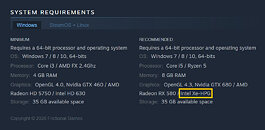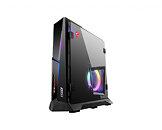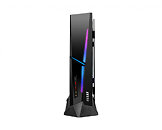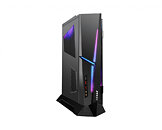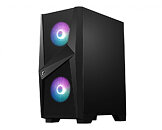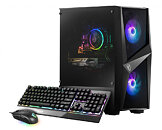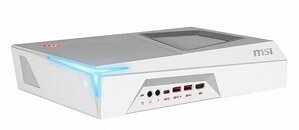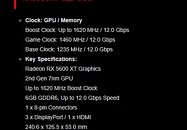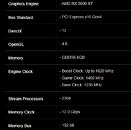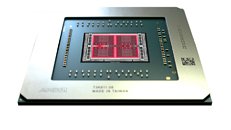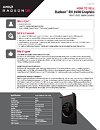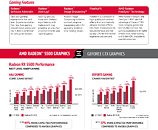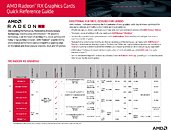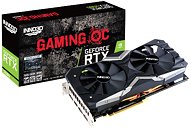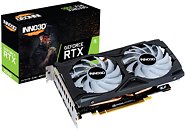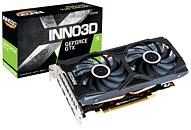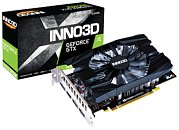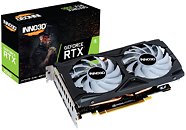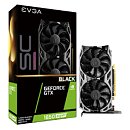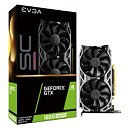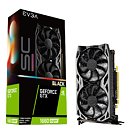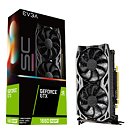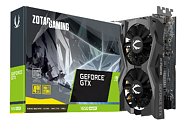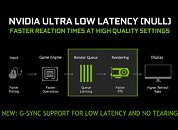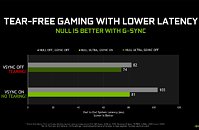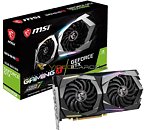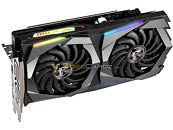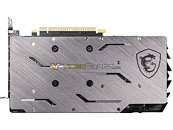Marketing material of AMD's upcoming Radeon RX 5500 mid-range graphics cards leaked to the web, providing insights to the product's positioning in AMD's stack. The October 2019 dated document lists out the card's specification, performance relative to a competing NVIDIA product, and a provides a general guidance on what experience to expect form it. To begin with, the RX 5500 desktop graphics card is based on the 7 nm "Navi 14" silicon, and is configured with 22 RDNA compute units, amounting to 1,408 stream processors. The chip features a 128-bit wide GDDR6 memory bus, which is paired with either 4 GB or 8 GB of memory running at 14 Gbps data-rate, yielding 224 GB/s of memory bandwidth. Its GPU clocks are listed as 1670 MHz "gaming," and 1845 MHz boost. The company didn't mention nominal clocks. The typical board power is rated at 110 W, and a single 8-pin PCIe power input is deployed on the reference-design board.
The second slide is where things get very interesting. AMD tabled its product stack, and the RX 570, RX 580, and RX 590 are missing, even as the RX 560 isn't. This is probably a sign of AMD phasing out the Polaris-based 1080p cards in the very near future, and replacing them with the RX 5500, and possibly a better endowed "RX 5500 XT," if rumors of the "Navi 14" featuring more CUs are to be believed. What is surprising about this whole presentation though is that only the "RX 5500" is listed, with the "XT" nowhere in sight. Let's hope the XT version gets released further down the road. In the product stack, the RX 5500 is interestingly still being compared to the GeForce GTX 1650, with no mention of the GTX 1660. This document was probably made when the GTX 1660 Super hadn't launched. A different slide provides some guidance on what kind of experiences to expect from the various cards, rated N/A, good, better, or excellent. According to it, the RX 5500 should provide "excellent" AAA gaming at 1080p, fairly smooth gaming at high settings (graded "better"), "excellent" e-Sports gaming, and "better" 1440p gaming. The card is also "excellent" at all non-gaming graphics, such as watching 4K video, photo/video creator work, game streaming at any resolution, and general desktop use.








